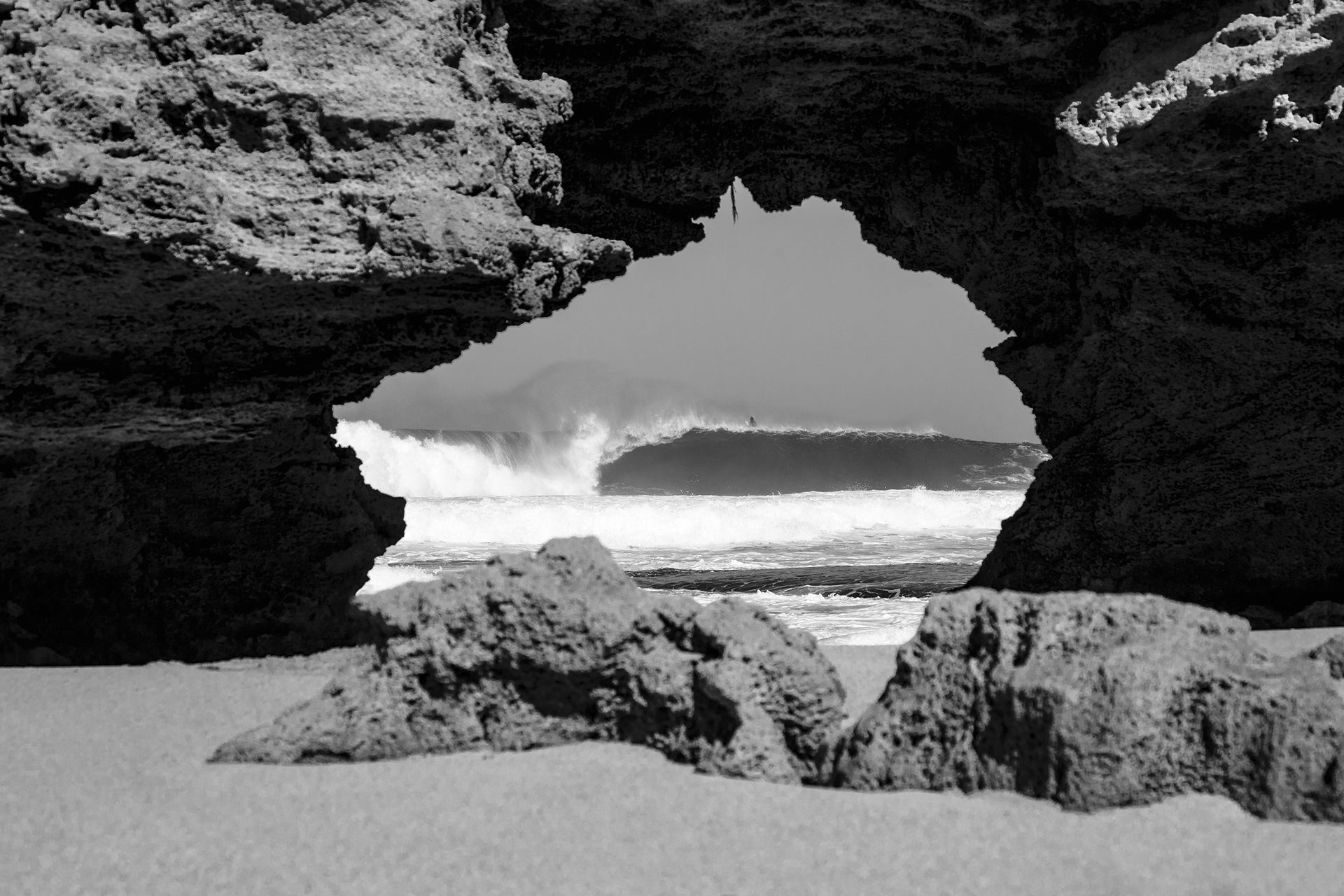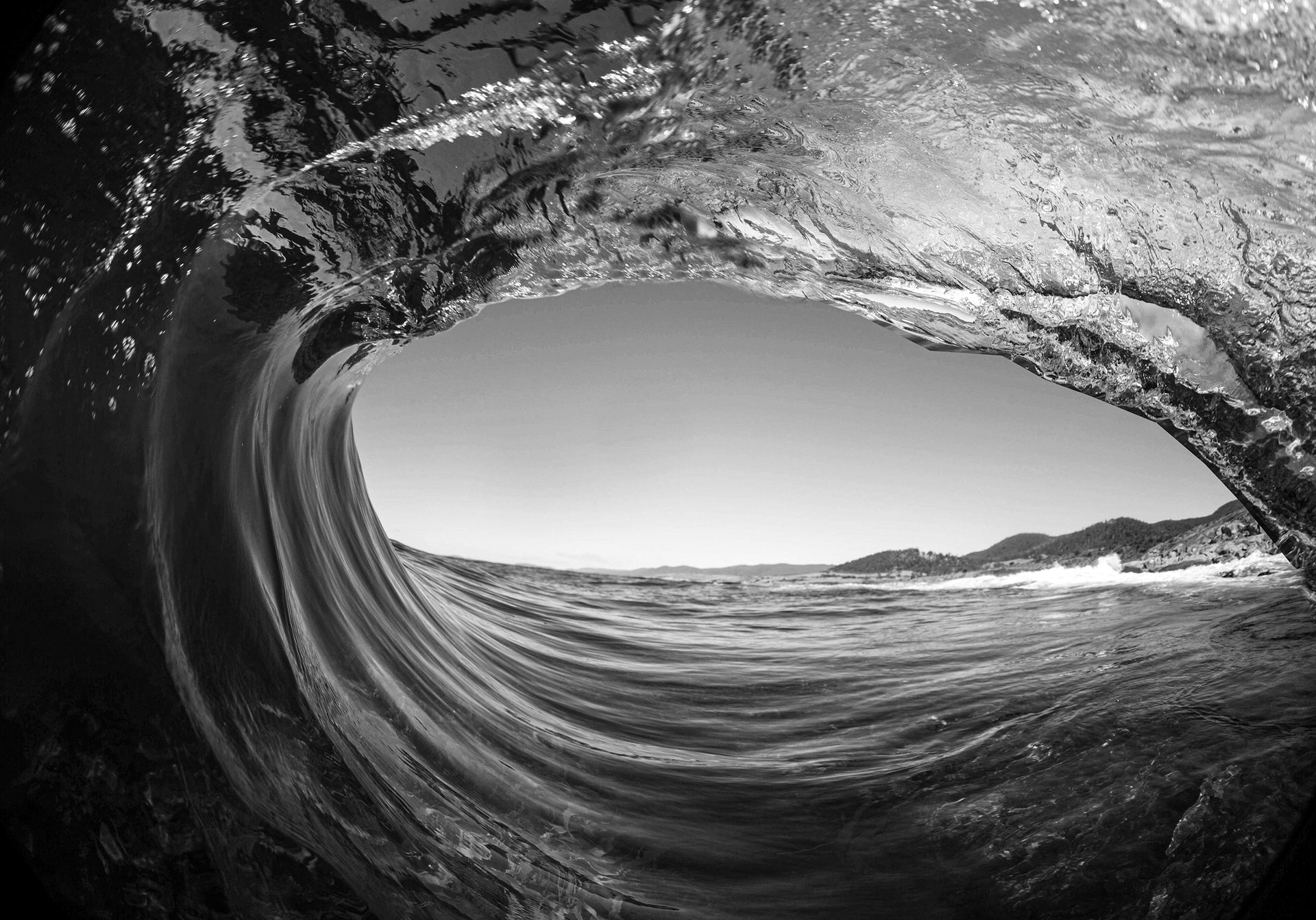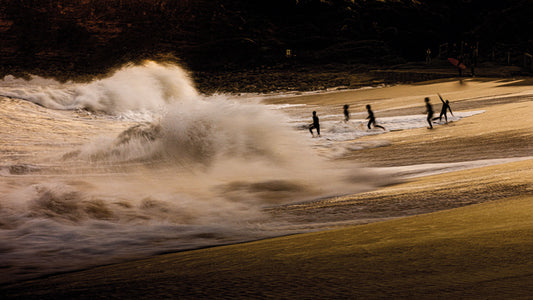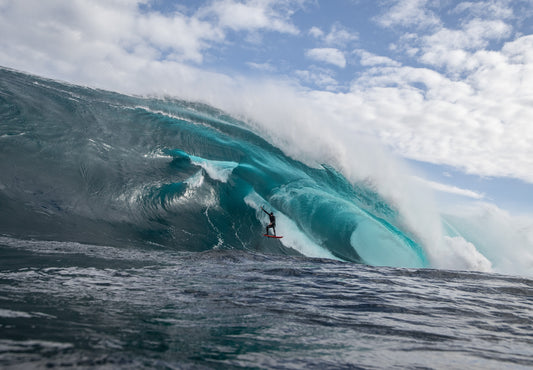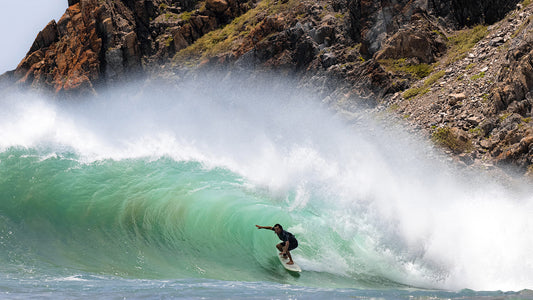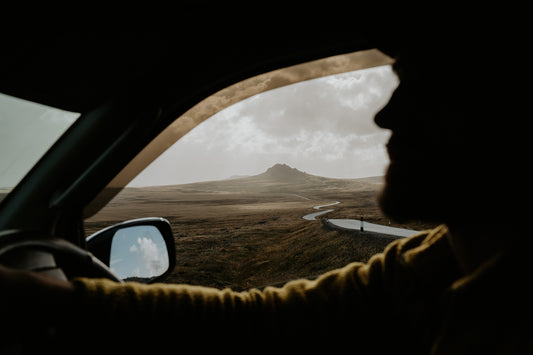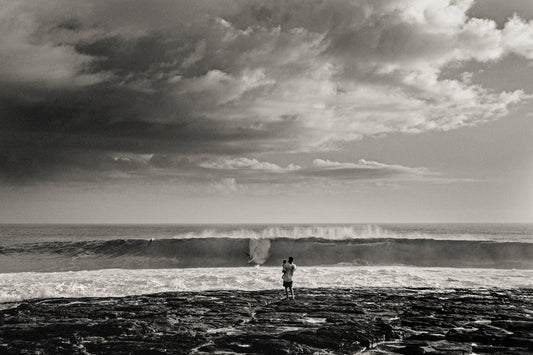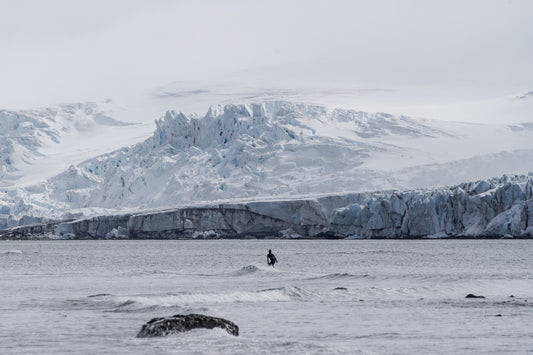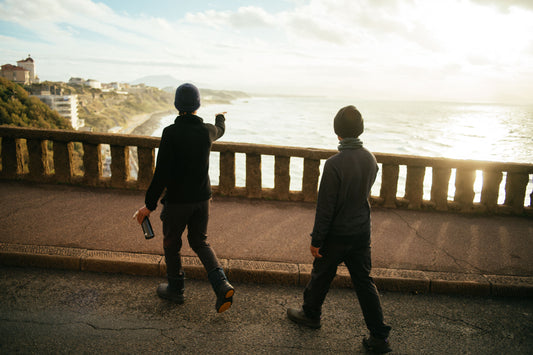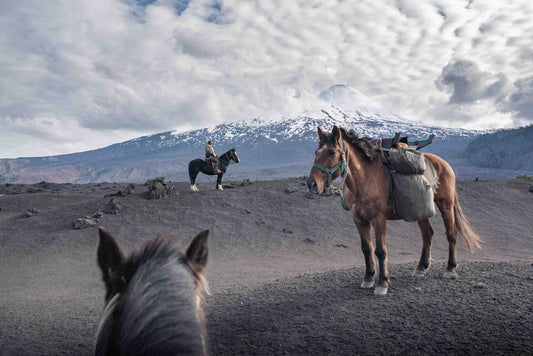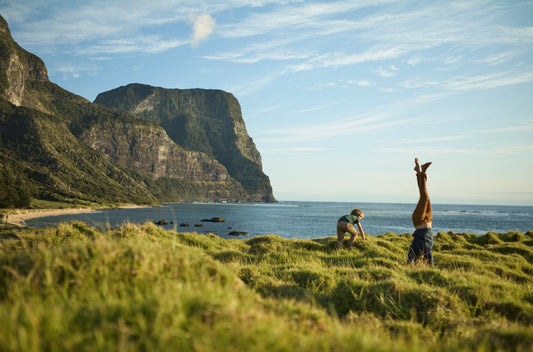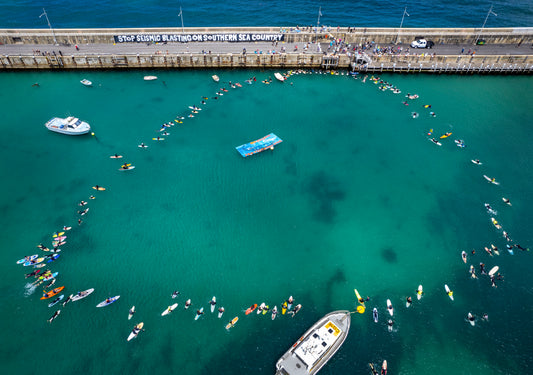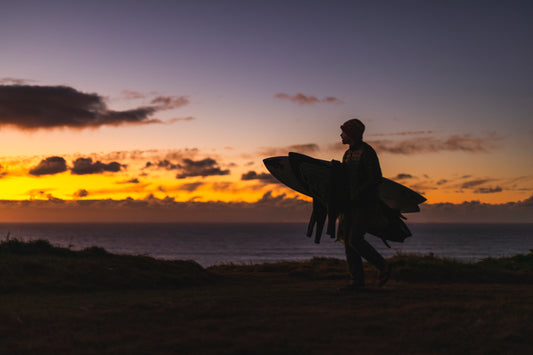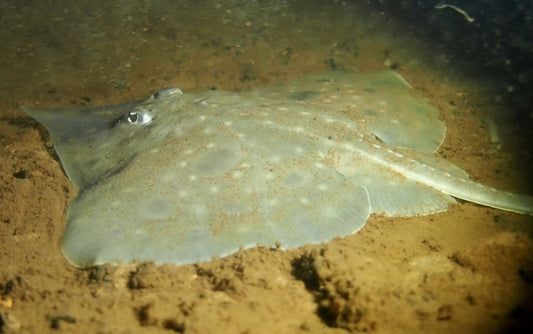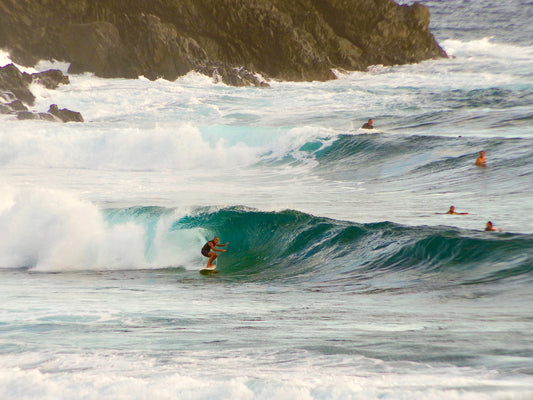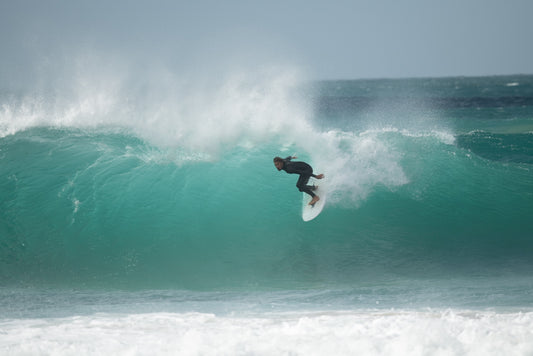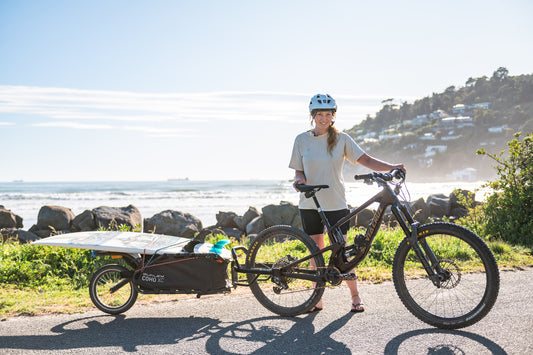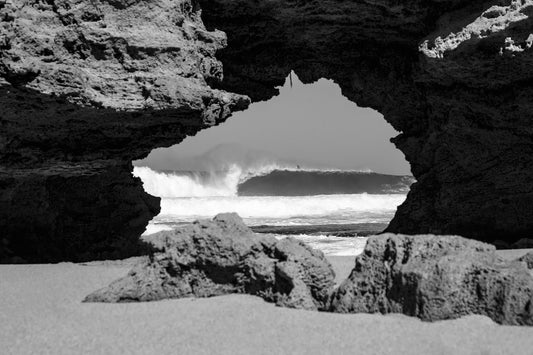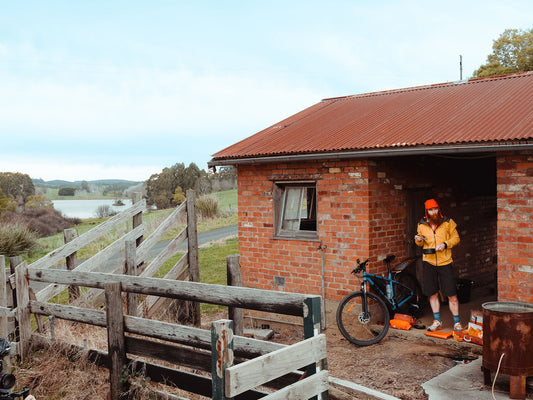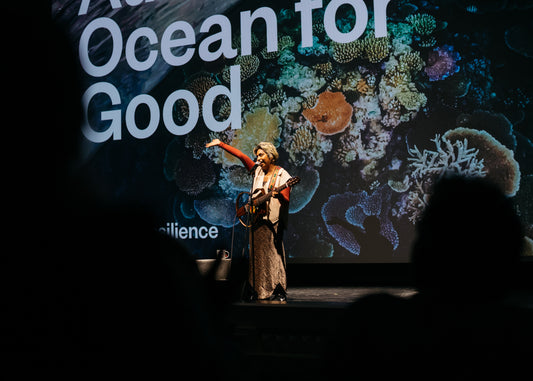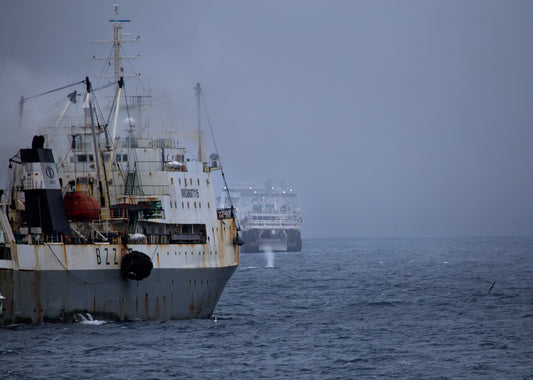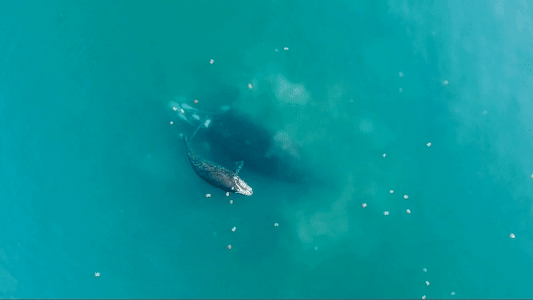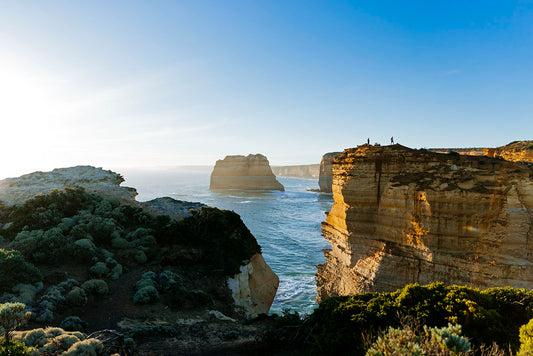For the surfing community, these changes also threaten the thing we so cherish and that keeps us happy. Rising seas and coastal erosion threaten some of our most treasured breaks. A southward migration of Irukandji jellyfish and other tropical species may bring whole new risks for surfers. The run off following extreme downpours can leave coastal waters dangerously polluted for days.
Put simply, the crisis facing our climate and oceans is a profound and escalating threat to the people, the places and the lifestyle we love.
The science is unequivocal. To protect our climate and ocean, and all life that depends on it we simply must leave our fossil fuels in the ground and get Australia and the world’s emissions plummeting this decade.
But there is another side to this story too. Our precious ocean is not merely a victim of our excesses, but a vital ally in the fight against climate change. For example, marine ecosystems including mangroves and coastal wetlands are remarkably efficient at storing carbon. It is estimated that mangroves and coastal wetlands absorb carbon at a rate two to four times greater than mature tropical rainforests. They also protect coastal communities from storm surges and erosion. In a recent survey of eminent climate and ocean scientists around the world, the Climate Council was told that restoring these carbon-rich marine ecosystems was the second most important measure to protect our oceans, after rapidly phasing out fossil fuels.
In short, we need to protect the ocean, so that it can keep protecting us. That’s why Patagonia is campaigning for the full protection of 30 percent of our seas by 2030 – a goal shared by the Climate Council.
For thousands of generations, First Nations in Australia and around the world have been protecting Sea Country, using sophisticated local knowledge and practices to sustainably manage marine environments. Protecting our ocean starts with listening to First Nations, and following the leadership of Aboriginal and Torres Strait Islander peoples.


